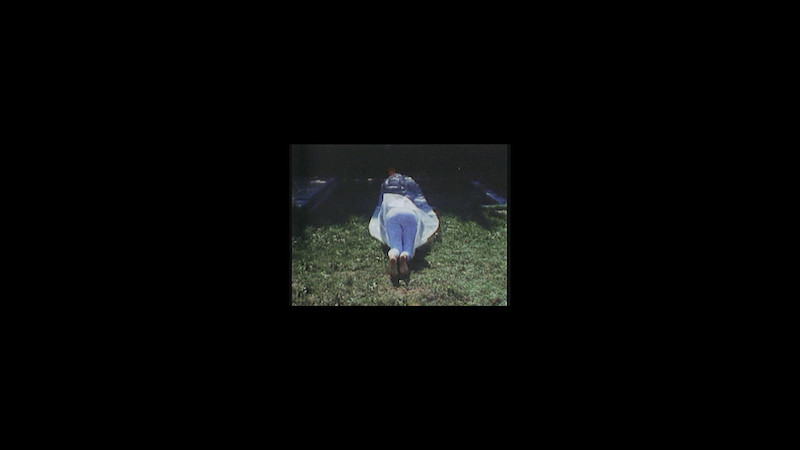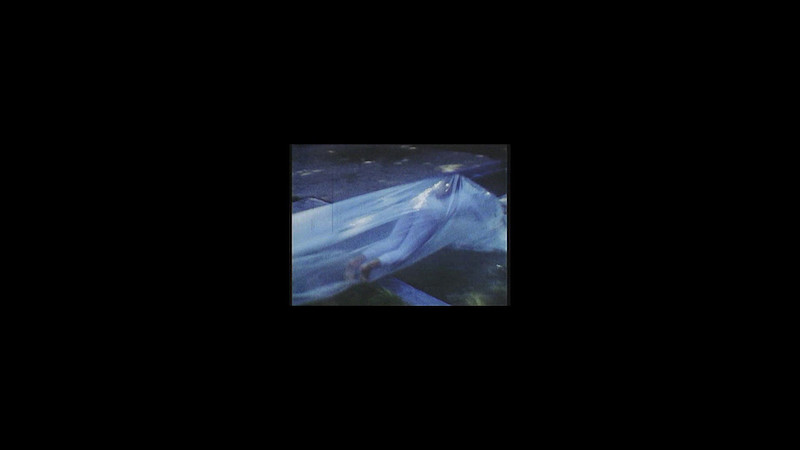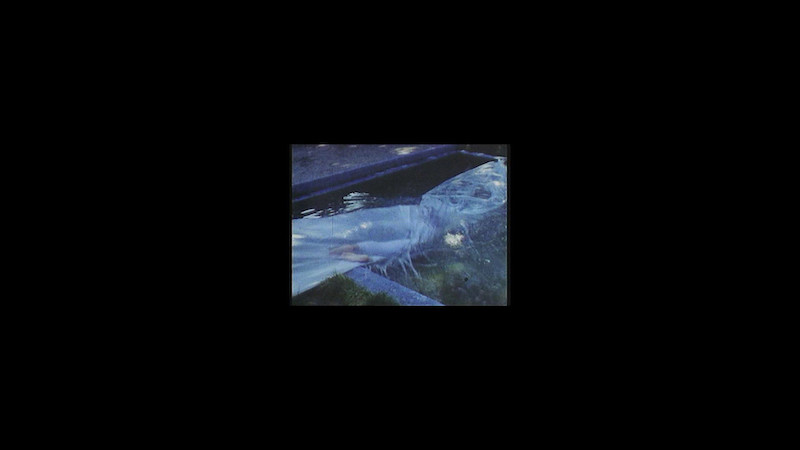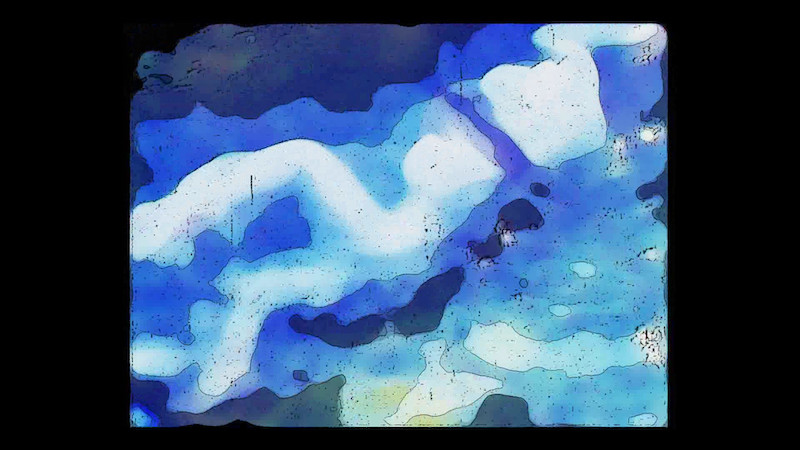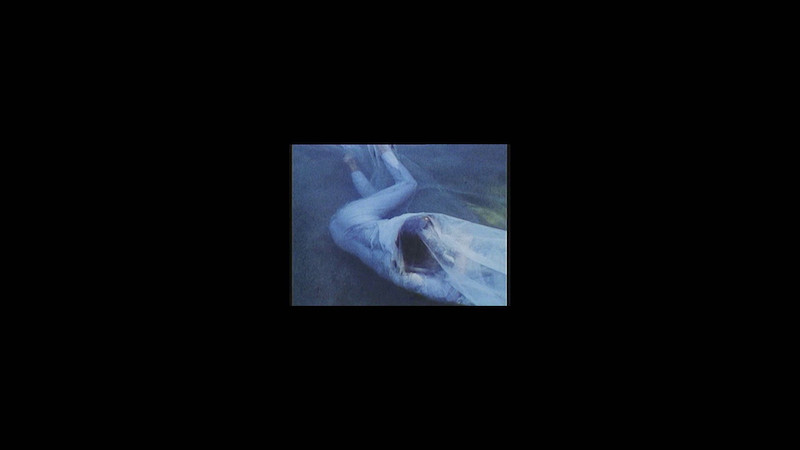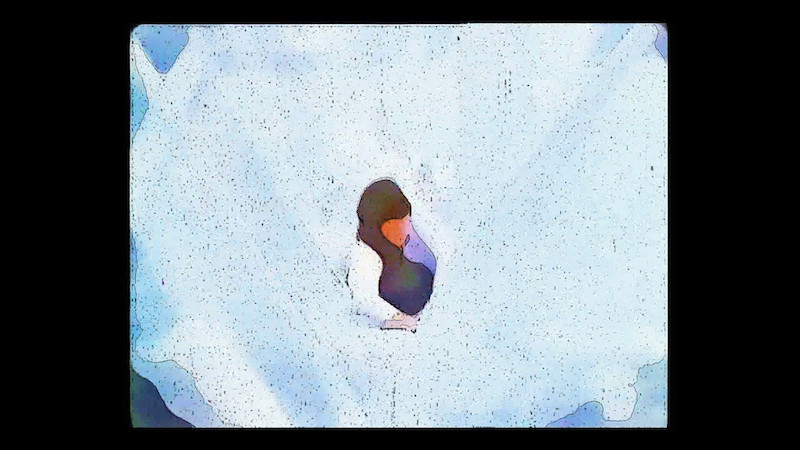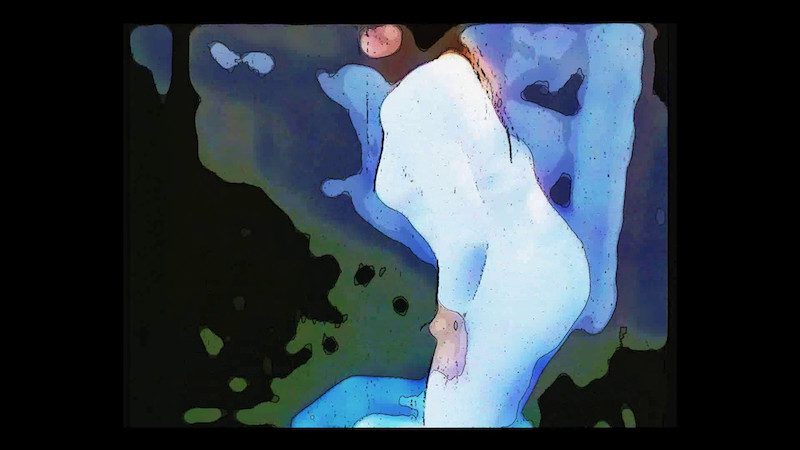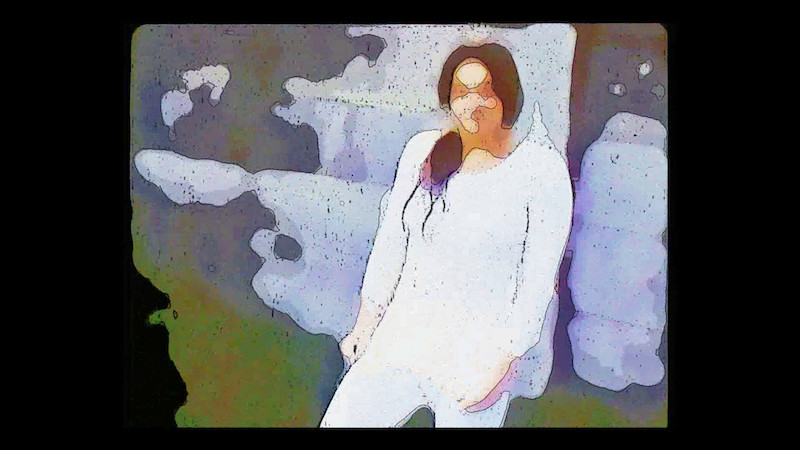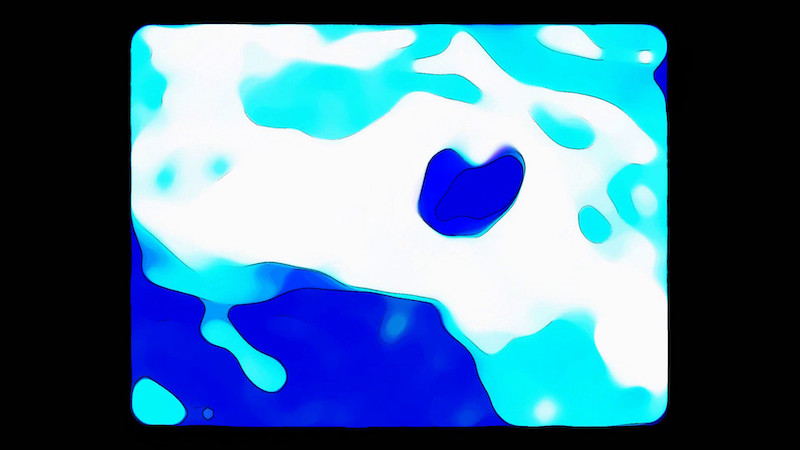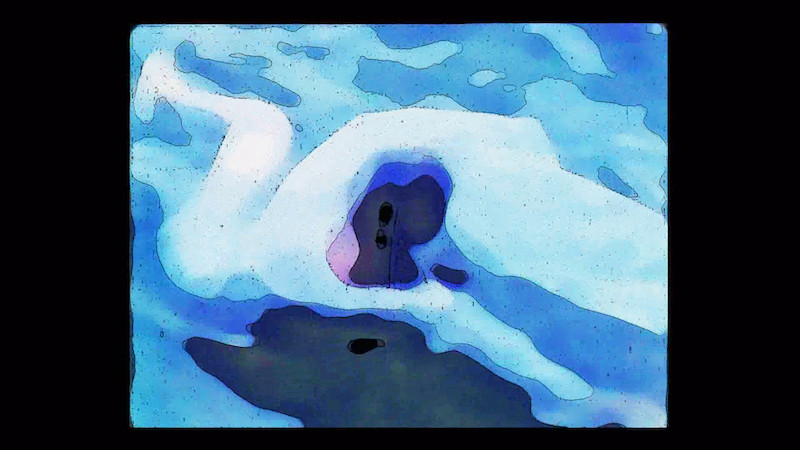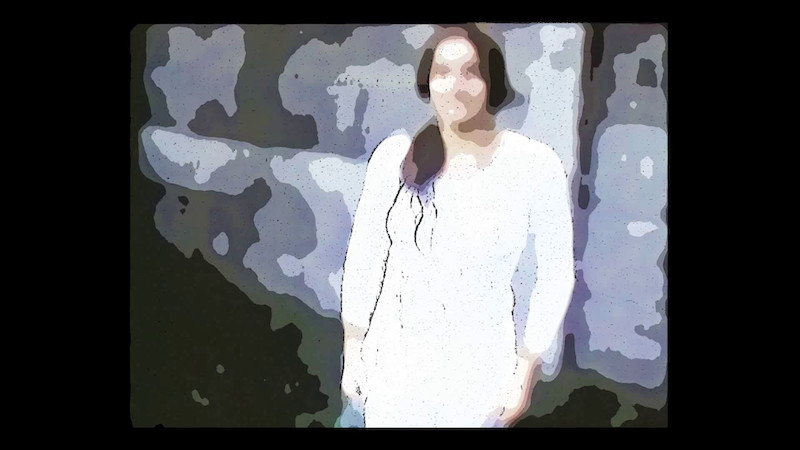Vladimír Havrilla is a key figure of Slovak multimedia art. His work is mostly focused on sculpture, painting, drawing, conceptual art, computer graphics and animation, film and literature. He incorporates various materials and work processes and likes to interpret other artists, mostly modernists and avant-garde artists like Seraut, Mondrian, Matisse, Maillol, Moore, Brancusi, Pollock, Lichtenstein, Vasarely, Galanda… He has designed several fountains and authored various architectural and exterior pieces. In his early days, he preferred to work with plaster for its ease of use, simple processing, white colour, lightness and purity. He also worked with polystyrene and aluminium, but also with traditional materials like wood and stone. He was among the first experimental filmmakers in Slovakia. He shot the films on his 8mm camera mostly during the 1970s. Some of his best known films from this period are Bird Woman (1972), Lift (1974) or No Limit (1976). In the late 1970s and early 1980s, he belonged to a group of action and conceptual artists (Ľubomír Ďurček, Ján Budaj, Peter Bartoš, Róbert Cyprich, Ľuba Lauffová, Igor Kalný, the theoretician Tomáš Štraus and others) who held private art performances in their apartments or in the outdoors. He has created over a hundred themes and drawings for short animated and conceptual films as well as literary themes and screenplays for various feature films. He is also the author of poems, but writes mostly short stories. Many of his works belong to larger thematic groups that overlap and affect each other. His “metaphysical comic strips” (Dušan Brozman) combine various archetypal principles of men and women with androgynous sci-fi fantasies. He is interested in art mostly for its beauty, poetics and playfulness. Since the 1990s, he has been creating graphic and film art mostly with the help of 3D software. Lately, he has also focused on 3D printing, but also paper and other ephemeral materials. His work – influenced by Zen philosophy – has been leaning towards dematerialization and virtuality, or as he puts it “an effort not to take up space”. [1]
The video titled Swimming Pool in the Nitra Gallery’s collection has an unusual date: “1973, digital remake of 2017”. From this we can conclude that this is one of Havrilla’s films from the 1970’s shot on an 8 mm camera, to which the artist decided to return after forty-four years and transform it with the help of computer technology. The video is in color, mute and its duration is under two minutes. In the first sequence, we see a woman dressed in white trying to climb into a “tunnel” of transparent plastic film on a sunny day. In the second shot, this woman jumps into a pool of water. The footage from the original film suddenly changes, we see an image digitally manipulated, reminiscent of computer animation. Furthermore, the original images intertwine with computer generated graphics, in some we can recognize the contours of a female figure, others are completely abstract, they look more like moving color blots and spots that may remind us of an abstract painting somewhere between impressionism and pop art. In the next digitally stylized scene, we suspect the woman is climbing out of the film, the shot changes and the original film material reveals to us whether the “plastic overall” protected the girl from water or whether her wet T-shirt reveals the curves of her body. Other motifs reminiscent of smudged colors and metamorphic shapes follow, and at the end we see the previous shot again, this time in an abstract design. It is interesting that the artist does not quote or manipulate the works of other artists here, but refers to himself. Havrilla transforms his own work, showing that nothing is stable, eternal and finite – not even art.
Omar Mirza
Sources
[1] MIRZA Omar (ed.): Rigeleho otvorený ateliér [Rigele’s Open Studio]. Bratislava: studiokubinsky, 2019, ISBN: 978-80-973561-0-1.
Vladimír Havrilla was born in Bratislava on May 13, 1943. Between 1957-1961, he attended the Secondary School of Applied Arts in Bratislava and between 1962-1968, he studied sculpture and the Academy of Fine Arts and Design in Bratislava under professors Fraňo Štefunko and Rudolf Pribiš. Between 1990-1993, he taught at the Department of Sculpture at AFAD. In 1974, he was the only artist to voluntarily leave the Union of Slovak Fine Artists. In 1975, he created sculptures for the interior and exterior of the Green House in Bratislava. They were destroyed in 1990. In 1976, he was taken into investigative custody to the Palace of Justice in Bratislava as a result of his anti-communist opinions. In 1984, he published a part of the Night and Day novel under the pseudonym of Roberta Weinerová. Between 1986-1994, he worked as a designer in the Art 4 Ceramic Studio. He created an exterior sculpture titled The Meant, also known as The Zen Girl (1989/1990), in Bratislava’s Petržalka that kneels on a piece of granite that used to be a part of the original Old Bridge. In 2006, he had a big retrospective exhibition at the Slovak National Gallery titled Between Sci-Fi, Pleasure and Zen (curator: Dušan Brozman, cooperation: Aurel Hrabušický). In 2007, Petrus publishing house published a thin book of his titled Film Stories which became one of the top ten at the most prestigious Slovak literary award Anasoft Litera 2008. He enjoys solitude, Jack Daniel’s and philosophy. He lives and works in Bratislava. You can learn more abut the artist and his work at www.havrilla.net.
No.: F 159
Artist: Vladimír Havrilla
Title: Swimming Pool
Year of origin: 1973, digital remake 2017
Technique: video
Material: compact disc
Dimensions: 1:40 min.
Signature: unmarked
